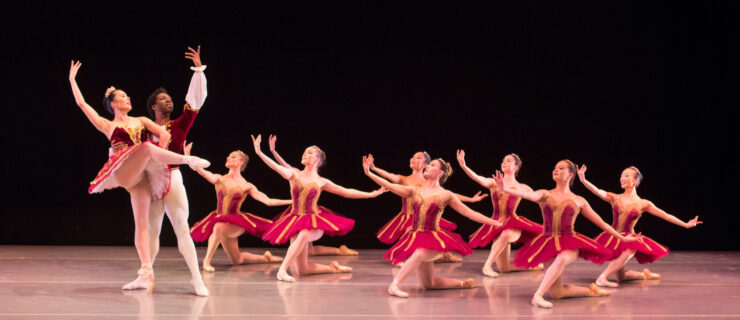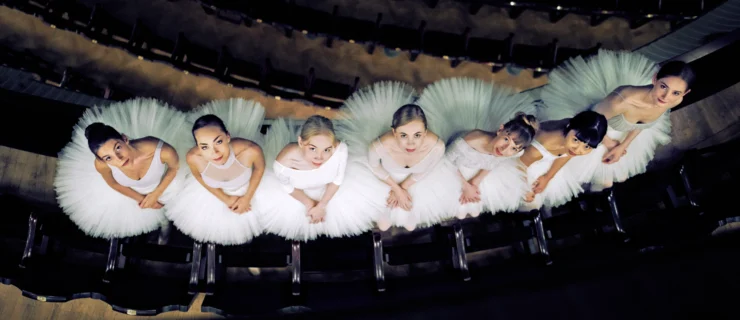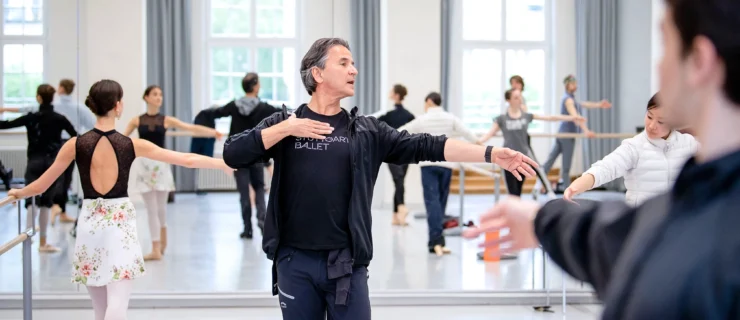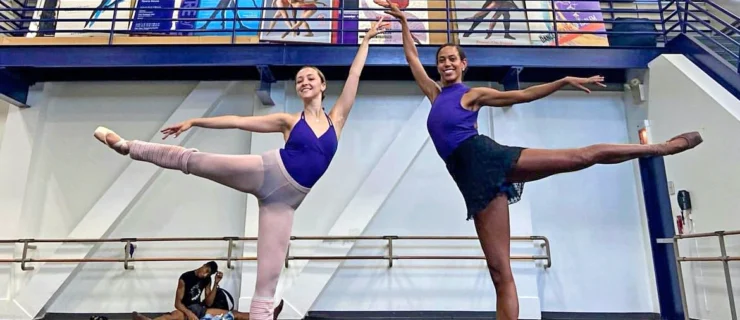Company Life: The First Cast
There are few things more thrilling than seeing your name on the cast list for a new ballet. But that excitement is often paired with anxiety. What will the choreographer expect of you? What can you do to facilitate the creative process? Here’s how to make the most of one of a dancer’s most valuable opportunities.
First, remember it’s a process.
Most ballets are choreographed very quickly, sometimes in as little as a week, and rehearsals can be chaotic. You’ll be absorbing a lot of information in a short amount of time. It’s your responsibility to retain that information—watching video of rehearsals can be helpful, as can getting your own copy of the rehearsal music and familiarizing yourself with its nuances—but mistakes will happen, especially if you’re asked on day three to scrap what you learned on day two and replace it with a previously discarded phrase from day one.
Don’t be hard on yourself. And remember that errors aren’t always a bad thing. Sometimes they even end up becoming part of the ballet. “You might accidentally do a step a little differently than the choreographer,” says San Francisco Ballet corps member Lonnie Weeks, “but he might say, ‘Oh, yeah, actually I like that better.’ ”
Be ready to give input, if you’re asked to.
Some choreographers walk into their first rehearsal with the entire ballet planned. But for others, making work is a collaborative process. You might be asked to help generate steps, phrases or even large sections of movement.
Knowing what kind of input to offer, and when, is a skill honed over time. You can speed up the process by sitting in on rehearsals for new works if you’re not cast. “I think any choreographer would be open to having dancers watch rehearsal,” says Pacific Northwest Ballet artistic director Peter Boal. Observing the way seasoned dancers interact with a choreographer will help you figure out how to “play around” in a way that’s constructive and appropriate.
Be confident.
Don’t waste rehearsal time wondering whether or not you belong in the room. “You just have to remind yourself that the choreographer picked you for a reason,” says New York City Ballet corps member Emilie Gerrity. He or she might even be looking for a quality that only you have.
Gerrity has been in three world premieres at NYCB; Justin Peck featured her in his recent In Creases. “He taught me to just go at it, and not worry so much about, ‘Am I doing this right? Does it look okay?’ ” Dropping that anxiety makes things easier for both you and the choreographer. “You become happier and freer,” says Gerrity. “It helps you discover new things about yourself and your dancing.”
Be patient—and persistent.
You’ll probably have to endure some tedium while the choreographer takes time to think. You’ll definitely have to endure run-through after stamina-testing run-through. Don’t let your frustration get in the choreographer’s way. “Making new work is stressful on the person at the head of the room,” says PNB corps member William Lin-Yee, who was cast in three premieres last November. Being patient, open and sensitive will help rehearsals run as smoothly as possible.
Sometimes criticism from a choreographer trying to shape a new ballet can sound harsh, but don’t overreact. Mark Morris, who made a premiere for PNB last year, is famously exacting, but “when he had corrections for us, we ultimately knew he wasn’t just saying empty phrases—there was a purpose to the critique,” says PNB corps member Chelsea Adomaitis. “It wasn’t a personal attack.”
Even if things go really wrong, don’t give up. Consider the courage of a young corps member who was dropped from PNB’s Morris premiere because he thought she was a bit too green after all. “She showed up to rehearsal the next day anyway,” says Boal, “and in the end she performed the piece. Mark was very pleased with her.”





